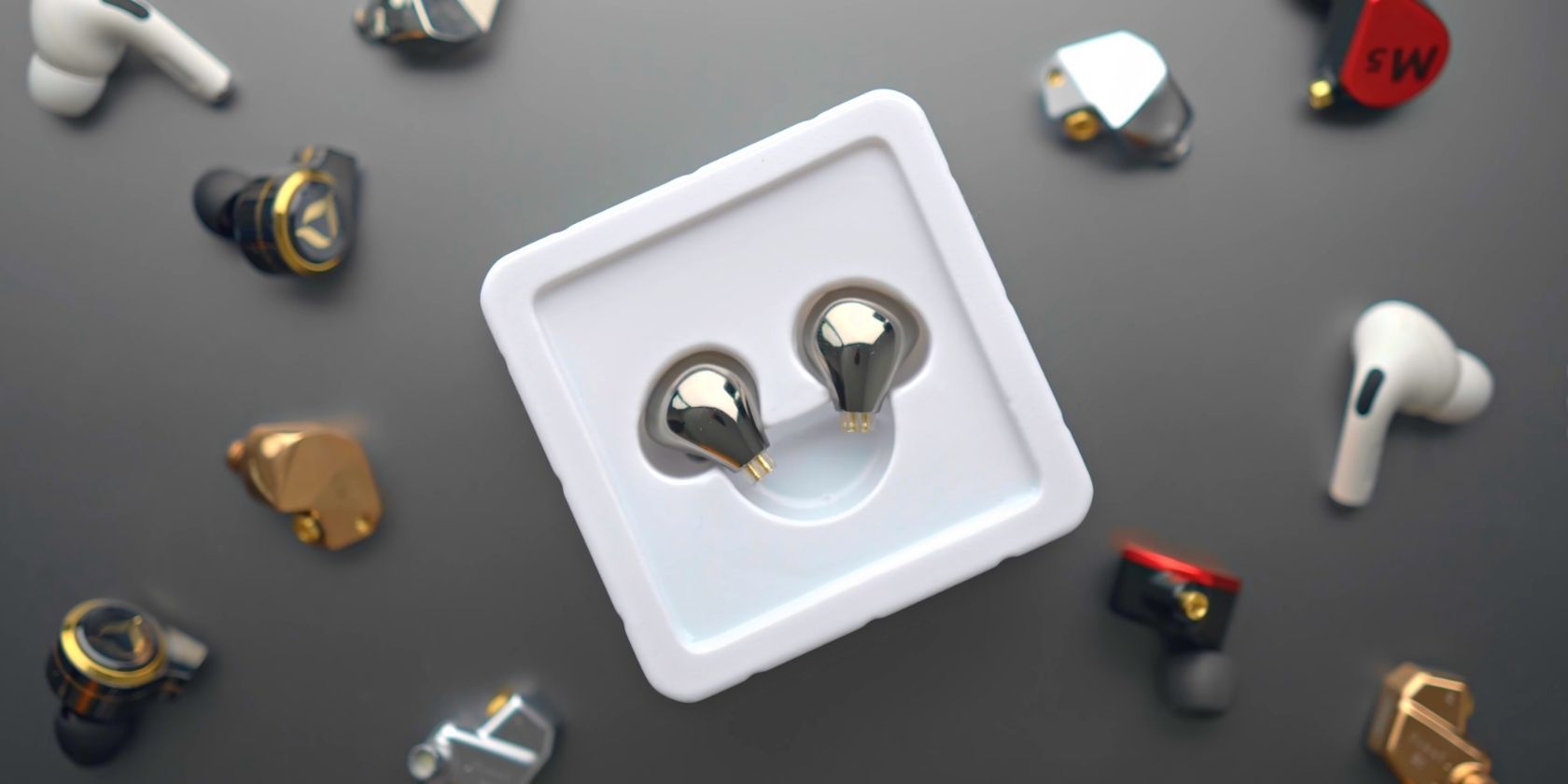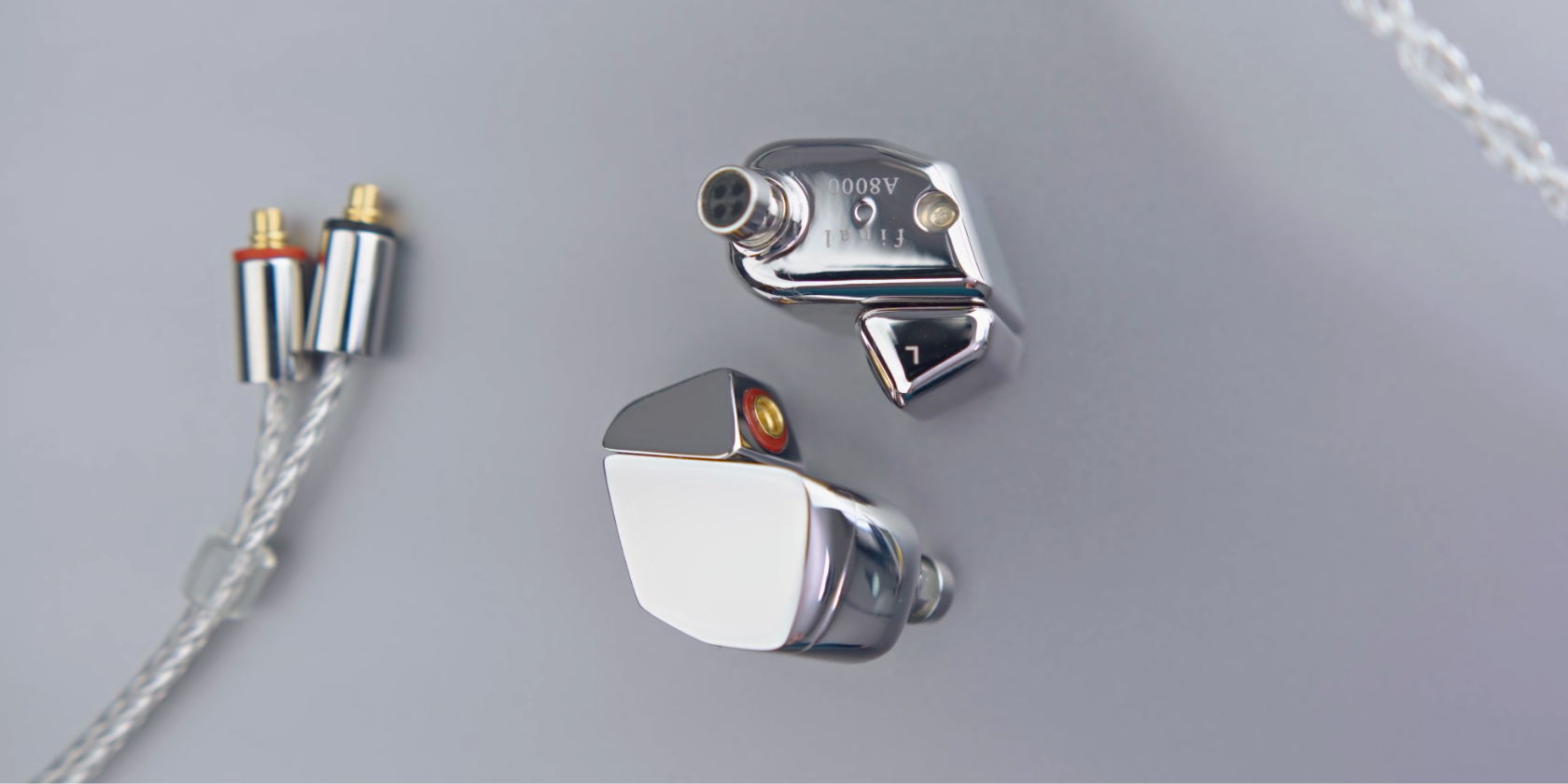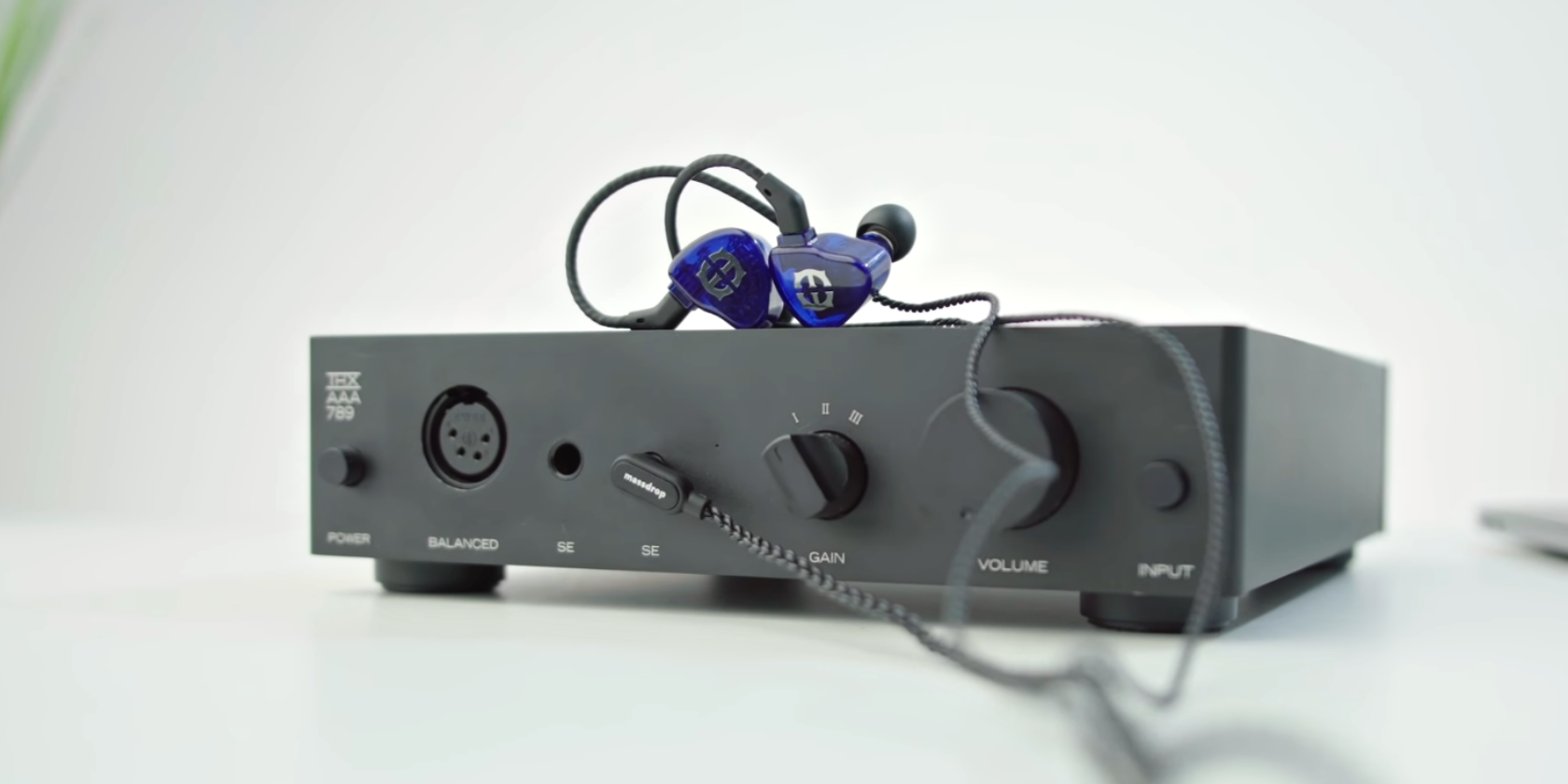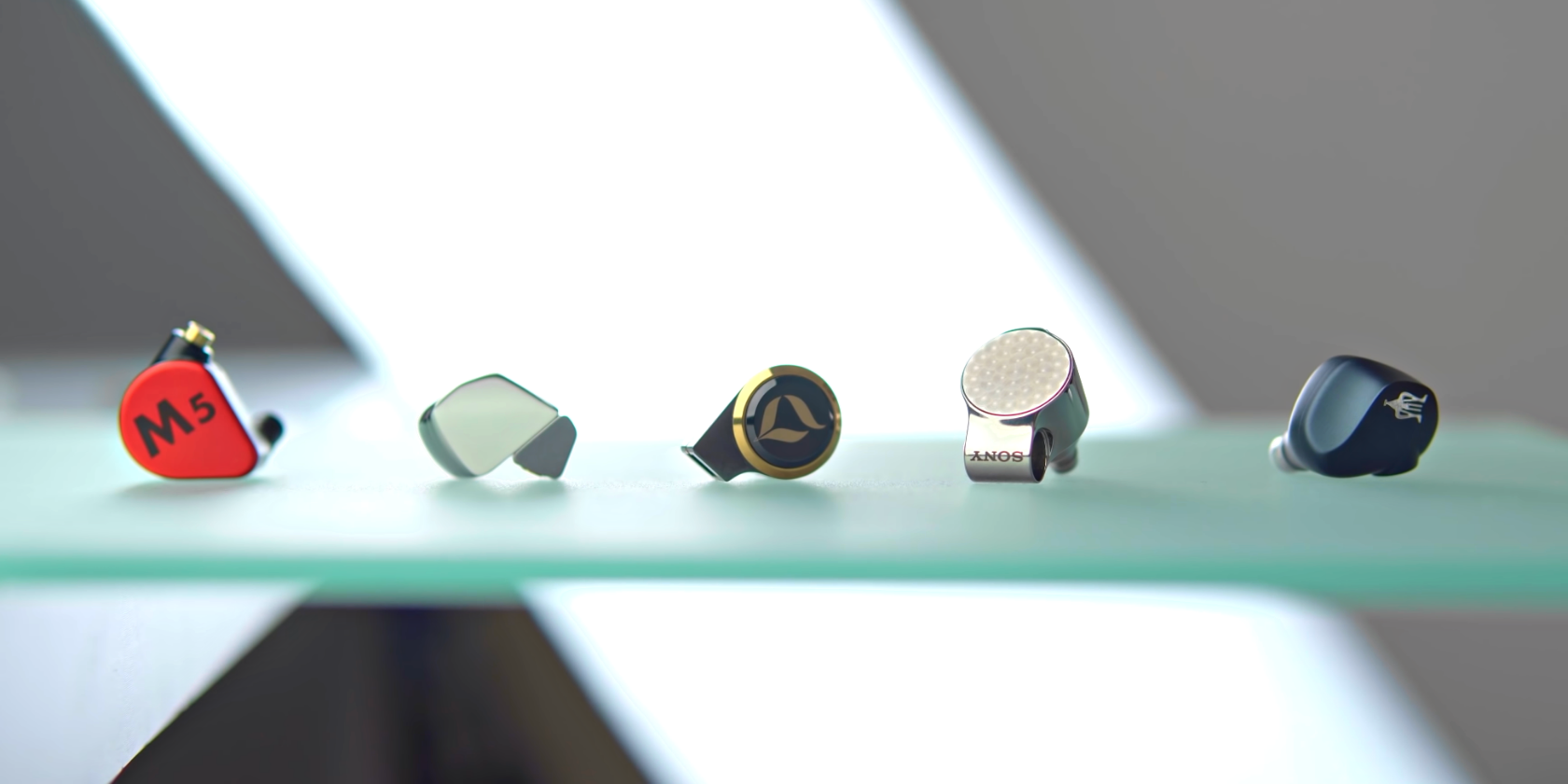In-ear monitors (IEMs) are not as popular as AirPods, but they have a huge fanbase among audiophiles, artists, live performers, and audio engineers.
For this article, we assume you have a basic idea about certain audio concepts and understand a few terminologies. But don't worry if not, as most of it is pretty straightforward. So, if you want to buy your first pair of IEMs, here are ten things you need to check.
1. Are the Cables Straight or Over-Ear?
In-ear monitors come with two types of cable design: straight and over-ear. Straight cables hang straight down from the lower ends of the earpieces—just like regular earphones. Over-ear cables wrap over and around the back of your ears.
Most IEM cables use the over-ear design as it better secures the earpieces to your ears and also hides the cables. Although, they might feel a little intrusive to you at first if you've never tried them before. Straight cables become rarer as you move up the ladder.
2. Are the Cables Removable?
A big advantage that in-ear monitors have over regular earphones is that they have detachable cables, meaning you can separate the cables from the earpieces. You might think it's not a big deal, but detachable cables help solve three main problems.
- If the cables get damaged, you can replace them instead of buying a new pair of IEMs.
- You can store the cables and earpieces separately for better organization.
- You can buy a third-party Bluetooth module to make your IEMs wireless.
3. Is There an In-Line Mic?
It's not just songs that sound good on IEMs, but anything you play out of them, including video game sound effects and calls. High-end IEMs don't usually have an in-line mic and remote because they are made exclusively for studio monitoring and on-stage performance.
On the other hand, entry-level and mid-range IEMs are more likely to have an in-line mic and remote. So you can enjoy crisp and clear calls as you'll be able to hear the other person better and notice nuances in their voice.
4. What Are the Specs?
You might not think IEM specs (or any kind of headphone specs) matter. But there are still some important ones like frequency response, sensitivity, and impedance that you should know to avoid making a bad purchase.
Out of these, the most important spec to know is impedance. It indicates if your IEMs will run well from your audio system, such as a smartphone, laptop, or dedicated player. An incompatible system will make your IEMs sound quiet, and you won't be able to enjoy them.
5. What Kind of Drivers Do They Have? How Many?
While regular earphones are limited to dynamic drivers (the most common type), in-ear monitors come with dynamic and balanced armature drivers alongside other rare driver types. In addition, some IEMs have a hybrid of multiple drivers for better sound reproduction, while others, like the Audeze Euclid IEMs, have planar magnetic drivers.
It's not uncommon for high-end IEMs to have multiple driver units inside each earpiece. However, having more drivers doesn't necessarily mean they'll have higher sound quality. It depends more on how well the drivers were engineered and tuned.
6. What Material Is the Body Made Of?
In-ear monitors are made with numerous materials such as metal, resin, carbon fiber, plastic, wood, etc. These materials can have a huge impact on your overall experience. For instance, IEMs with a metal body are very durable but can fatigue your ears due to their weight.
Conversely, carbon fiber IEMs are lighter, tougher, and don't rust. But they cost a lot more than the ones made of plastic and resin. Also, note that since in-ear monitors come in so many different shapes and sizes, some may not fit your ears well and feel irritating.
7. What Sound Signature Do They Have?
The sound signature of a pair of IEMs (or any other kind of headphones) defines the "flavor" of the sound you hear. For instance, a "Dark" sound signature is ideal for bass-heads who want extra bass for an energetic and thumpy sound.
Conversely, audiophiles and professionals usually prefer a "Flat" or "Balanced" sound signature, which feels more true to life and reveals the subtle nuances in your songs. Make sure your IEMs are tuned to your favorite sound signature before buying.
8. How Good Is the Soundstage and Imaging?
While you can somewhat tell the sound signature of your desired IEMs via a graph, soundstage and audio imaging are two things you can't put on paper. So to know about them, you have two options: take the word of reviewers or try them out yourself.
A wider soundstage makes your music sound more "spaced out" or 3D—as if you're in an auditorium. Good imaging makes it possible for you to pinpoint the location of each musical instrument and the singer in that imaginary 3D space, making every beat sound distinct.
9. Do They Come With Different Ear Tips?
Just like their body, IEM ear tips are made of different materials and come in multiple shapes and sizes. We're talking silicone, rubber, foam, and hybrid ear tips. Silicon ear tips are the most common, but many say foam tips provide better passive noise isolation.
Although, your experience might differ based on the shape and size of your ears. What's comfortable to someone else might feel bothersome to you. Make sure to check if the IEMs you're buying come with different types of ear tips for you to compare.
10. Are There Any Cheaper Alternatives?
The great thing about IEMs is that you don't have to spend much money to get great sound. In the last few years, entry-level IEMs have exploded in popularity and have made the hobby far more accessible to average folk.
Although premium options still exist, IEMs are now available in every price range, so you can decide how much to spend on in-ear monitors. Some good cheaper IEM models to consider are Moondrop Chu, CCA CRA, Final Audio E500, and Truthear HOLA.
Pick the Right In-Ear Monitors for You
Even if you're not an audiophile or a professional, in-ear monitors can be a great first step to elevating your casual listening experience. And thanks to the rise of budget IEMs, buying a pair has never been easier. You can easily find a good IEM deal for under $30–$50 if you don't want to spend hundreds.





